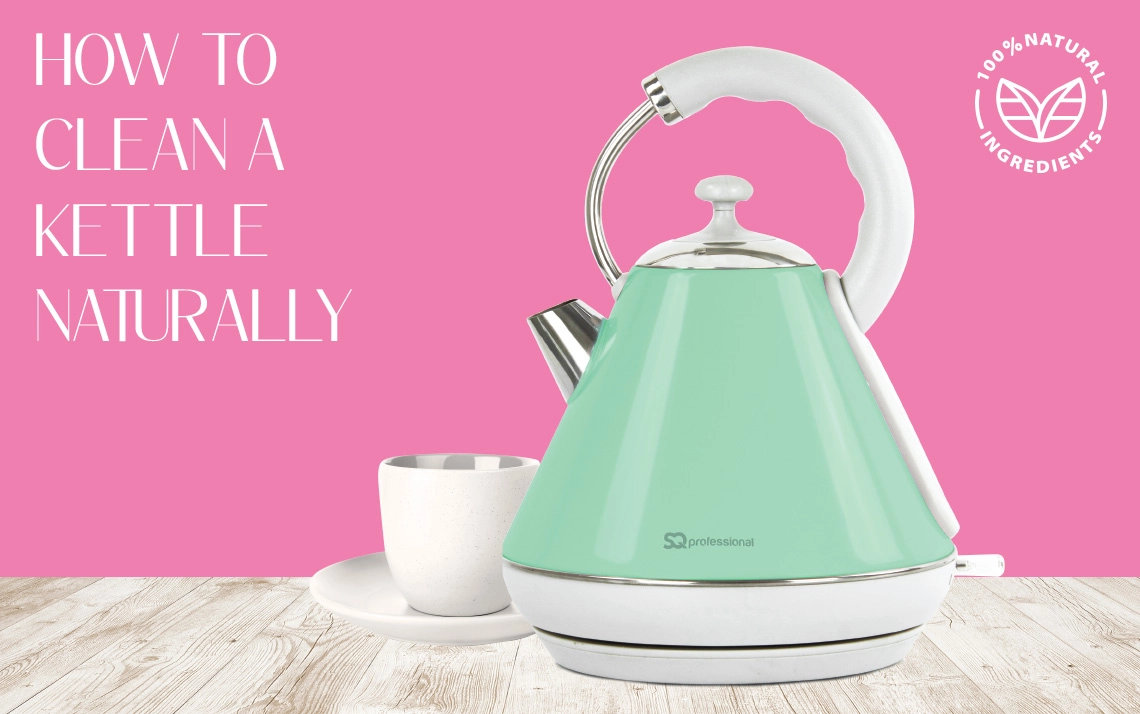
If left untreated for a long time, limescale builds up inside your kettle and forms a flaky, scaly coating that will not disappear on its own. Limescale is predominantly off-white in colour, but it can also be grey, pink or even reddish-brown.
When limescale builds up inside your kettle for a long period of time, the heating element in your kettle starts to become less effective and less energy efficient and boiling water will take longer. The hot drinks start to taste a bit funny, particularly tea, as the minerals found in limescale impact how the flavours in the tea are broken down.
When the kettle accumulates limescale, you might find pieces of it floating in your morning cup of tea, or even worst, accidentally crunch into one piece of it.
Almost every kettle found on the market will come with some sort of limescale filter in the spout, which is designed to separate the limescale from the water as you pour. Even if it is a brand-new kettle, it will develop a layer of scale at some point. But rather than scrubbing and washing the kettle using chemical cleaning products, you can clean and descale a kettle in a matter of minutes, with little or no effort at all, just using natural ingredients.
If you are a fan of natural remedies and chemical cleaning products are not for you, then we have the hack for you.
In today's blog, we will teach you how to clean your kettle with natural alternatives, in a matter of minutes.
Preparation Method :
1. Slice one whole lemon up into thin rounds and put them in your kettle.
2. Fill your kettle up with cold water, so it covers the affected areas of your kettle.
3. Boil the water with the lemons in it.
4. Boil once, leave for a half-hour and then boil a second time, then rinse out with clean cold water.
Vinegar is an excellent product to get your kettle clean and sparkling again. This mild acid dissolves limescale easily in no time.
1. Measure out equal parts of white vinegar and tap water. Fill your kettle around three-quarters full with the mixture.
2. Bring it to a boil and leave to stand until it is completely cooled.
3. Drain the water and rinse several times, using a long-handled scrubbing brush to remove any rogue flakes if necessary.
4. Fill your kettle with clean water, boil it and empty it a few times to remove any traces of vinegar.
5. If your kettle is particularly scaly, you can also add a small amount of bicarbonate of soda to the mixture to help shift any stubborn buildup. One teaspoon of bicarbonate of soda will be enough.